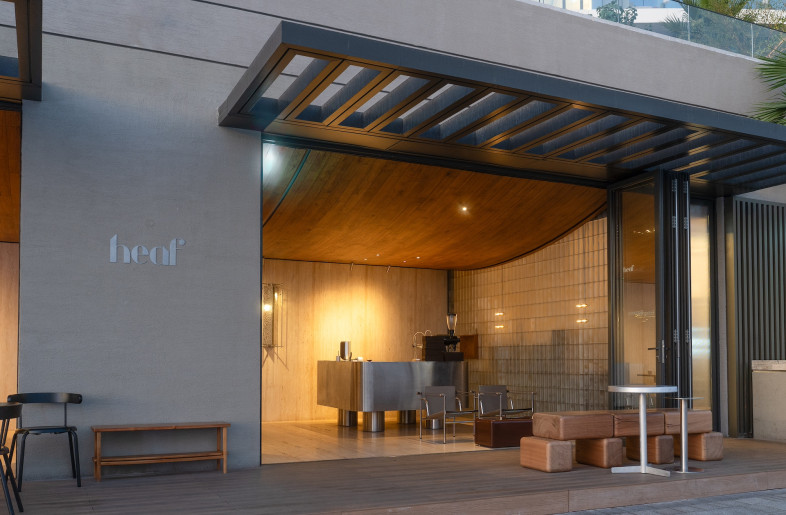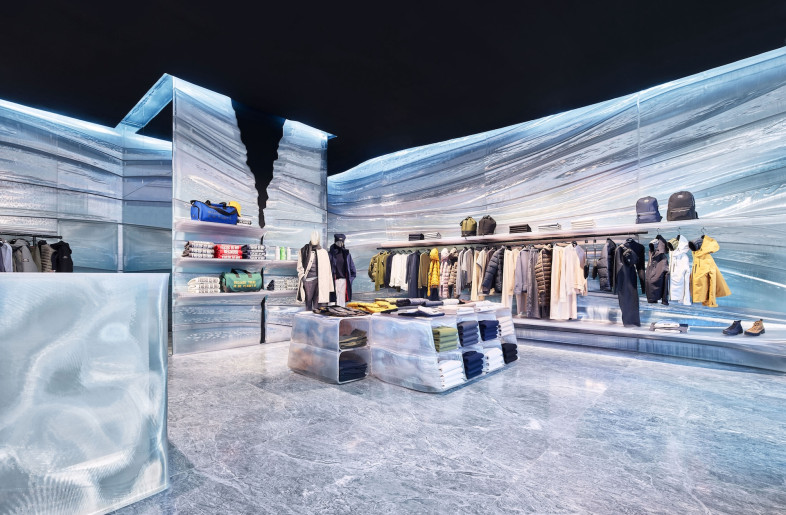With its trade fairs cancelled, showrooms shuttered and deliveries of larger items largely curtailed due to social distancing, the furniture industry has been particularly badly hit by current restrictions on trade and travel. Brands that were already in a perilous position, such as Lombok, Donghia and Laura Ashley, have started to collapse, while larger entities are preparing to dip into cash reserves, with furniture retailer DFS predicting that it is likely to lose 227 million euro of sales…and that’s just up to Easter.
This at a time when, conversely, the population are forced to engage with the relative qualities of their homes as never before. The value of design to elevate mood, encourage productivity and reduce anxiety are at front of mind for many, something that provides an opportunity for brands in the sector to help consumers think more clearly about how to shape their own environment…whether that includes purchasing a product or not. Here we look at three furniture manufacturers who have developed smart strategies to stay relevant.
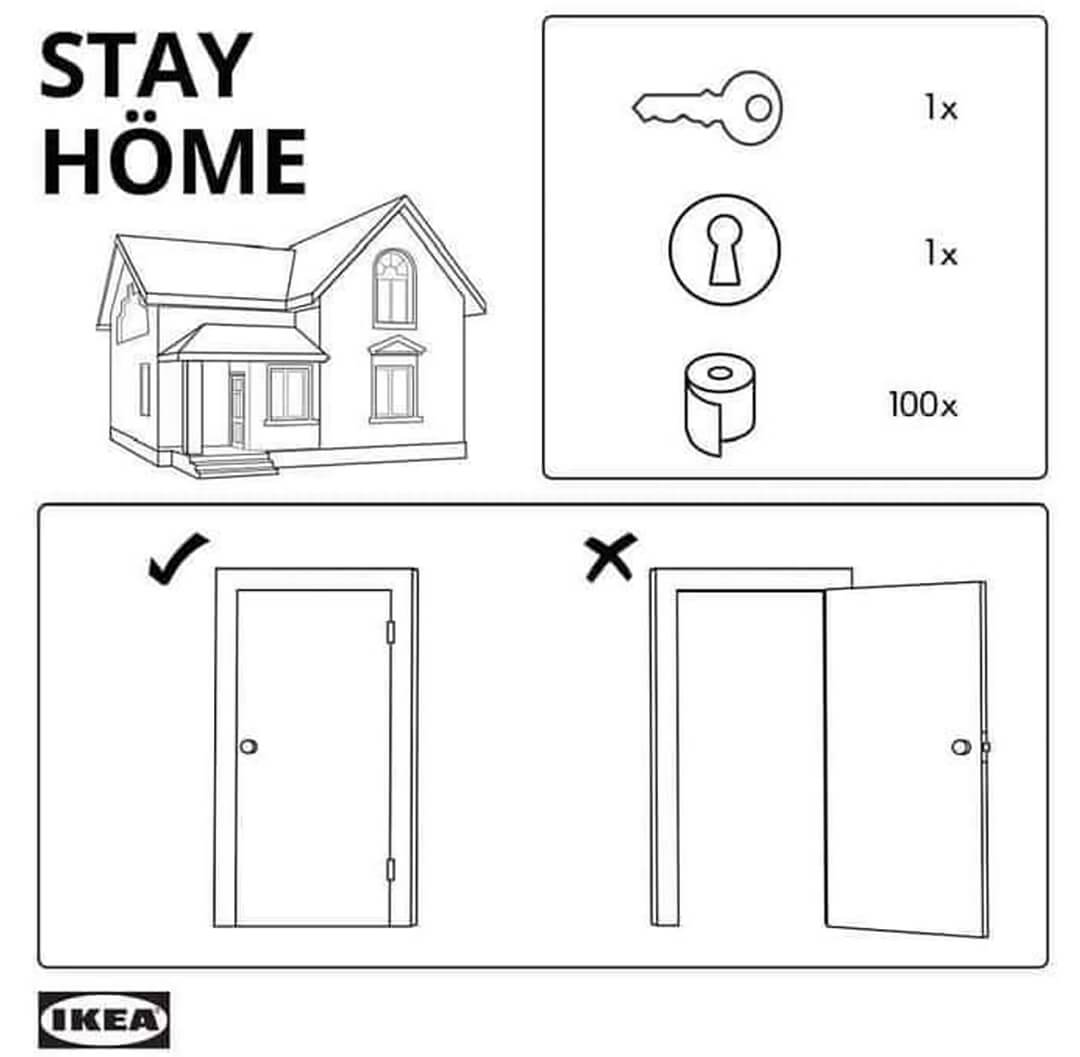
Ikea has created a playful social messaging campaign based on its iconic construction-manual design.
Ikea mobilizes its manufacturing and logistics strength
As the world’s largest furniture retailer, Ikea’s range of possible responses to the current crisis are of a different order and scale than most of its competitors. With its stores currently closed in the worst affected territories, the brand is refocusing on its e-commerce platform. The site has seen a surge in demand for many products, particularly in the home office category.
Thanks to its proprietary logistics network, Ikea has been able to reassure customers that online ordering is still safe by quickly rolling out new contactless delivery protocols. The company is running a series of heartfelt (even witty) quick-response campaigns that encourage customers to stay indoors whilst also reinforcing the brand’s position as one that understands the home as a joyful but also emotionally challenging space for consumers. Online guides to creating better work environments, play rooms and green oases run under the strapline ‘How to improve your life at home without needing to leave it.’
It is also trying to ensure the robustness of its supply change, offering loans and speeding up the payment of invoices to embattled suppliers.
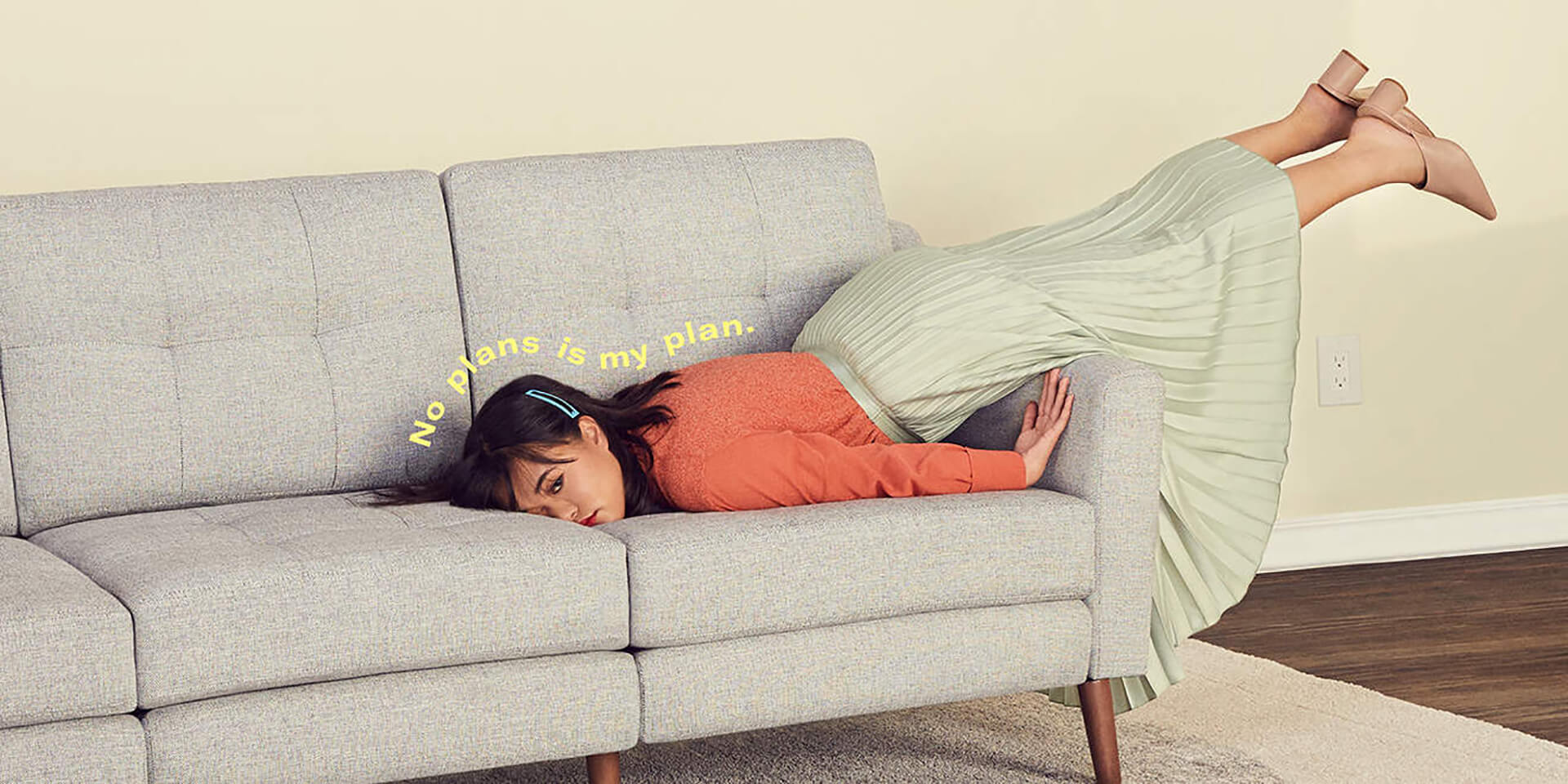
Burrow's core product line of modular sofas was designed from the outset to be easy to ship, something that will help protect them against current logistics bottlenecks.
Burrow brings its store staff to your home
Many of the most successful direct-to-consumer brands of the last five years have spent the last two shifting from their online-only roots to include an increasing number of retail stores. It’s a tactic that paid dividends at the time, but which looks less rosy now that customers are socially isolating.
Modular-sofa maker Burrow is a case in point. It has opened two showrooms in the last two years, one in New York and one in Chicago. Forced to suddenly revert to an e-commerce-only model, the brand had to think carefully how it could still make use of its shop staff. Rather than leaving them idle or furloughed, store representatives are helping upgrade the brand’s online customer-service offer. A new platform, titled Burrow House at Home, now allows customers to book 15 or 30-minute virtual consultations to address any design or product queries.
‘When the shop closed, we expedited the process to launch phase one of Burrow House at Home within 48 hours,’ Burrow CEO Stephen Kuhl told Modern Retail. For Kuhl the lockdown is bringing a new demographic of customer to their site, and the human element that consolation provides helps those wary of buying without seeing the product firsthand convert. ‘The segment of the population on the fence about online furniture shopping is being forced to consider it. It’s also forcing us to adapt the model and perfect it as we go.’
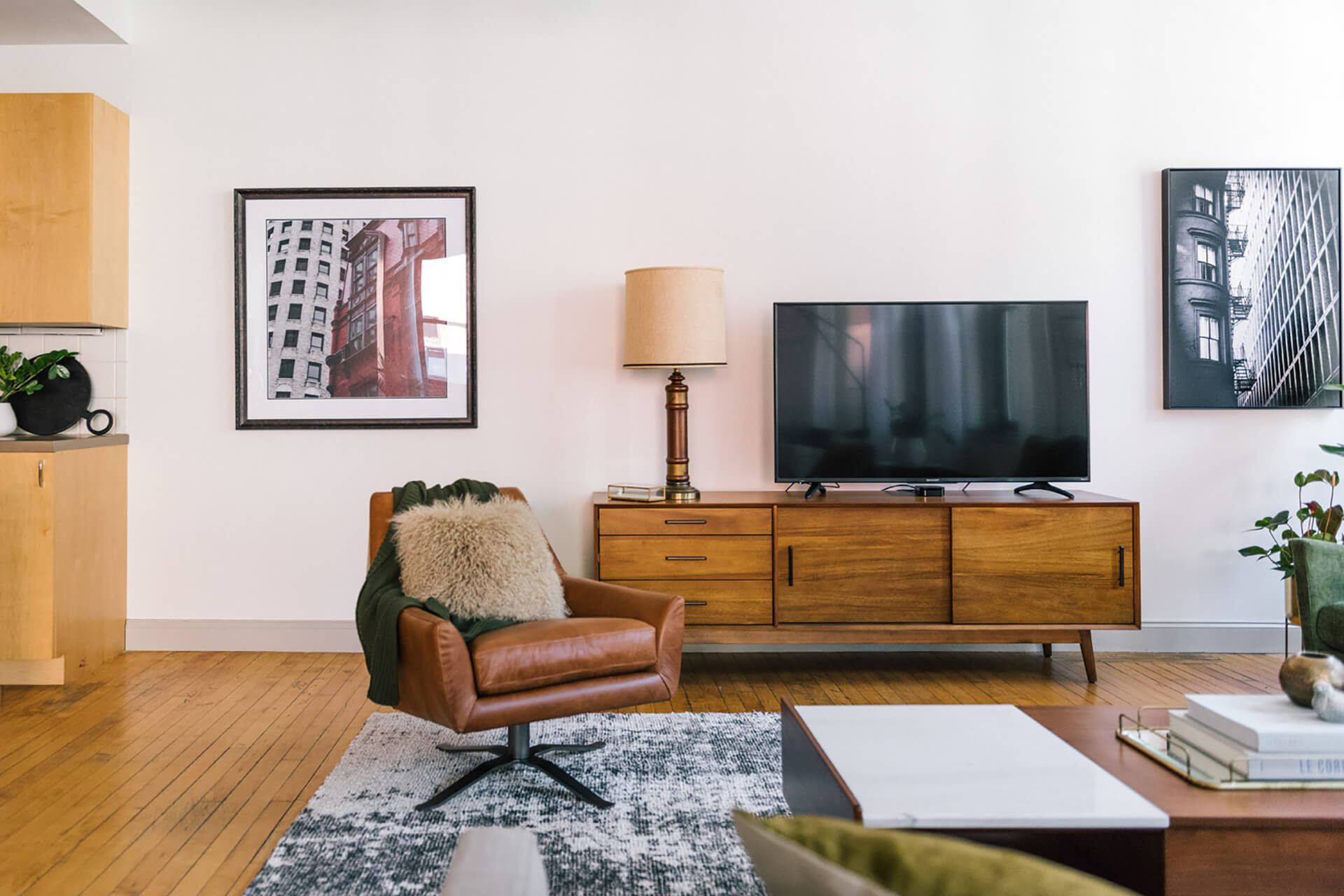
West Elm's Zoom backgrounds all represent interior projects completed by a variety of its designs studios around the US.
West Elm makes sure it's part of the digital conversation
With the majority of social and work interactions now being conducted via video conferencing – popular service Zoom has seen its stock almost double since the start of February – the world is getting a collective glimpse into each other's interiors. This has many unintended, often humorous consequences, but also created new pressures on how we perceive the design of our home spaces. Joining articles on how to dress appropriately for a work call or virtual date are an increasing number of guides on how to style your home to make the right impression.
For West Elm this presented an opportunity to help style potential customers’ home, without them needing to purchase any furniture. The furniture brand has started offering a collection of interior scenes that users can download from their site or social channels and use as backdrop for their conversations. These are of course fully stocked with West Elm’s own products.
‘While I might now have some time on my hands to make that WFH space look better IRL, I want to show you a shortcut that will get all of us to our dream homes by that 3pm meeting,’ writes social media associate Grace Rasmus when introducing the scheme on the brand’s blog. Of course the psychology of seeing yourself projected into a well-appointed West Elm apartment several hours a day for the next few months is likely to have the sort of subliminal effects that could well translate into orders once stores reopen.
To stay up-to-date on how the design industry is combatting the COVID-19 crisis, sign up for our newsletter here. Read more coverage here.


